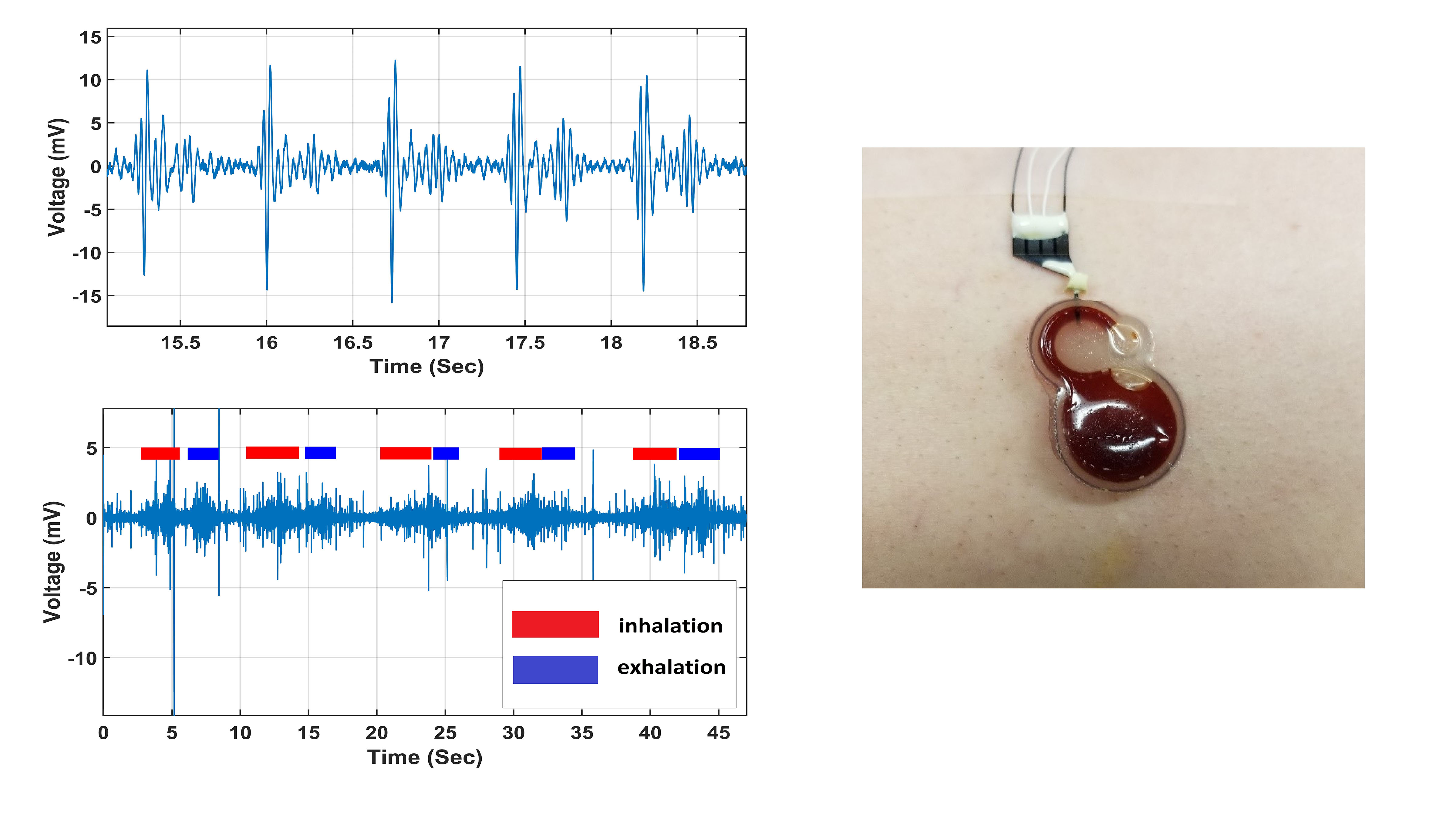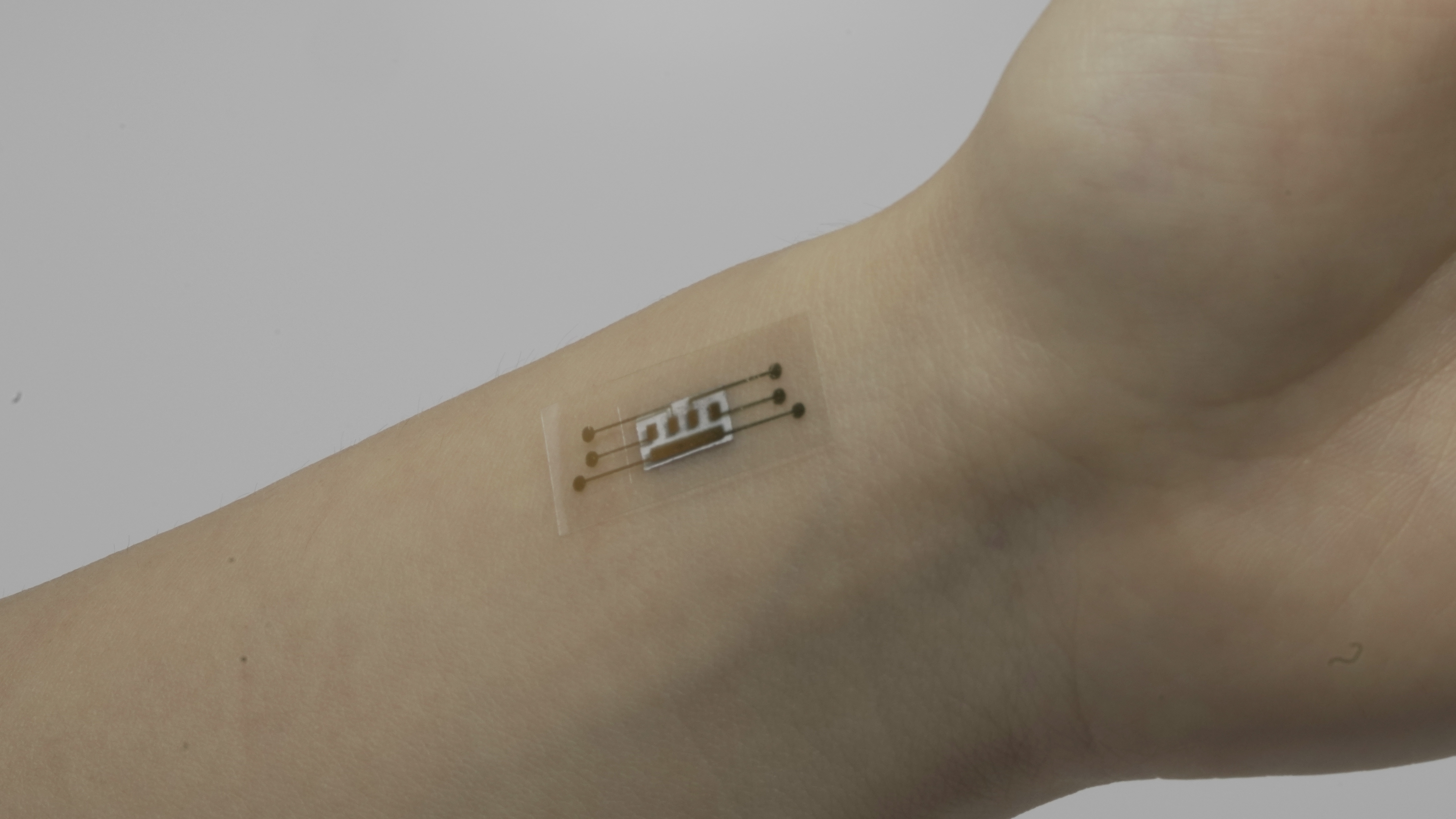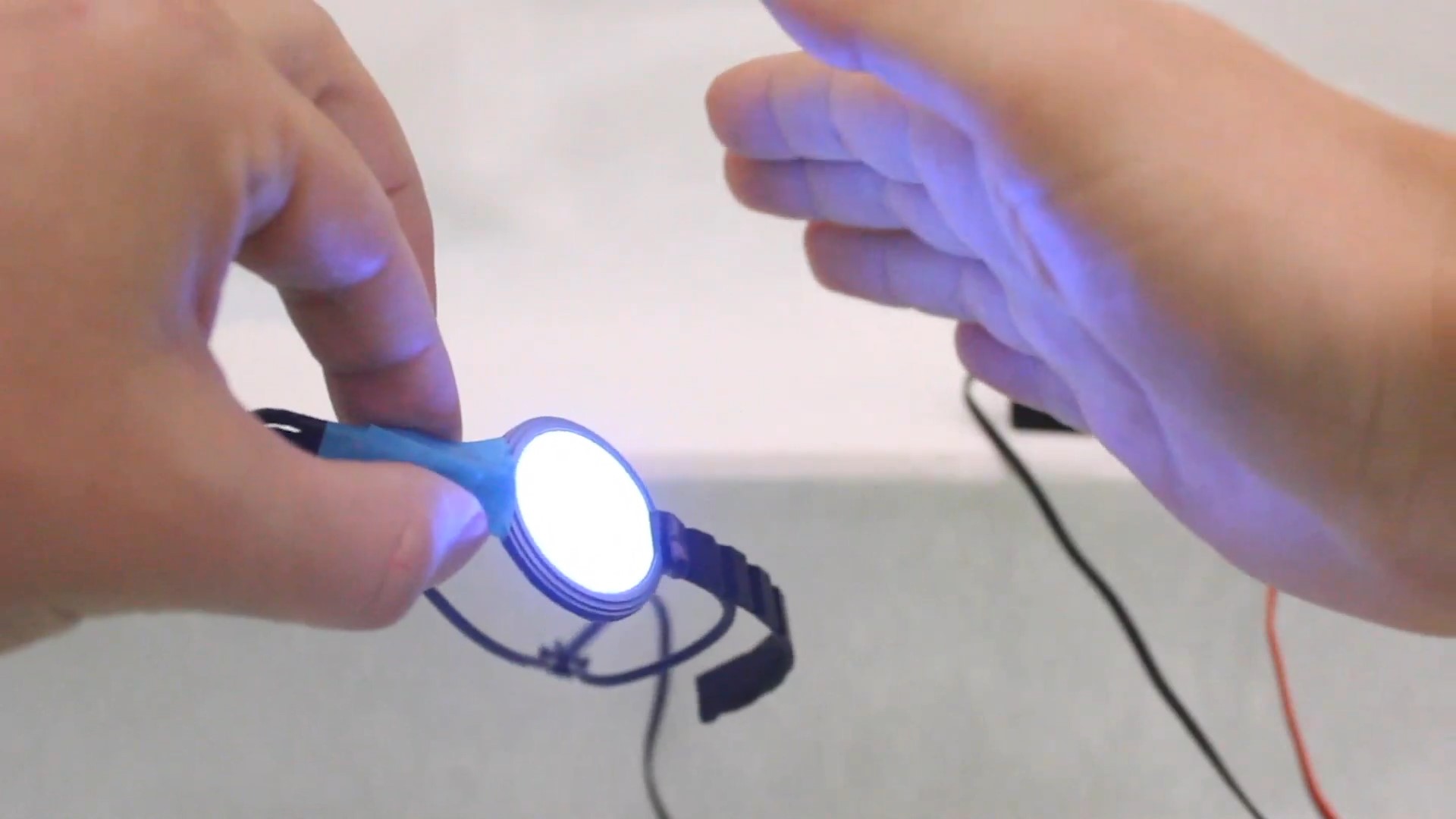University of Washington researchers introduced the Thermal Earring, a wireless wearable that continuously monitors a user’s earlobe temperature.
Tag: Wearable
Human-Machine Interfaces Work Underwater, Generate Their Own Power
In Applied Physics Reviews, scientists at UCLA describe their development of a type of wearable human-machine interface device that is stretchable, inexpensive, and waterproof. The device is based on a soft magnetoelastic sensor array that converts mechanical pressure from the press of a finger into an electrical signal. The device involves two main components: a layer that translates mechanical movement to a magnetic response and a magnetic induction layer consisting of patterned liquid metal coils.
Electrospinning Promises Major Improvements in Wearable Technology
In APL Bioengineering, researchers from Tufts University examine some of the latest advances in wearable electronic devices and systems being developed using electrospinning – the fabrication of nanofibers with tunable properties from a polymer base – and showcase the many advantages electrospun materials have over conventional bulk materials. Their high surface-to-volume ratio endows them with enhanced porosity and breathability, which is important for long-term wearability, and with the appropriate blend of polymers, they can achieve superior biocompatibility.
Tracking Muscle Activity with Clothes on Your Back
In APL Materials, researchers have developed a bioelectrical sensor that is convenient and low-cost. The sensor measures electromyography signals that are generated in muscles when they contract and are useful for studying muscle fatigue and recovery, and they have the potential to inform diagnosis and treatment of neuromuscular diseases. The biosensor, made of silver paste with a layer of gold nanoparticles on top, is directly integrated onto a piece of clothing. The result was a detector that was both conductive and nonirritating to the skin.
Soft skin patch could provide early warning for strokes, heart attacks
UC San Diego engineers developed a soft, stretchy ultrasound patch that can be worn on the skin to monitor blood flow through vessels deep inside the body. Such a device can make it easier to detect cardiovascular problems, like blockages in the arteries that could lead to strokes or heart attacks.
Calling all couch potatoes: this finger wrap can let you power electronics while you sleep
A new wearable device turns the touch of a finger into a source of power for small electronics and sensors. Engineers at the University of California San Diego developed a thin, flexible strip that can be worn on a fingertip and generate small amounts of electricity when a person’s finger sweats or presses on it. What’s special about this sweat-fueled device is that it generates power even while the wearer is asleep or sitting still.

Wearable Electronics for Continuous Cardiac, Respiratory Monitoring
A small and inexpensive sensor, announced in Applied Physics Letters and based on an electrochemical system, could potentially be worn continuously by cardiac patients or others who require constant monitoring. A solution containing electrolyte substances is placed into a small circular cavity that is capped with a thin flexible diaphragm, allowing detection of subtle movements when placed on a patient’s chest. The authors suggest their sensor could be used for diagnosis of respiratory diseases.

NUS researchers invent flexible and highly reliable sensor for wearable health devices and robotic perception
Known as Tactile Resistive Annularly Cracked E-Skin (TRACE), this novel sensor material developed by the National University of Singapore researchers is five times better than conventional soft materials, and could be used in wearable health technology devices, or in robotics to perceive surface texture.

Bristol innovation challenges regular touchscreens with new spray-on technique
A team at Bristol has challenged the idea that touchscreens are limited to 2D and rectangular shapes by developing an interactive display that can be sprayed in any shape.
Inspired by the way an artist creates graffiti on a wall and using a novel combination of sprayable electronics and 3D printing, the technique, called ProtoSpray, allows the creation of displays on surfaces that go beyond the usual rectangular and 2D shapes.
Wearable Devices Deliver Cardiac Care Beyond the Hospital
Physicians at the Smidt Heart Institute at Cedars-Sinai are heading into the next frontier in heart medicine: Wearables. Also called digital therapeutics, wearable devices–like high tech watches and pendants–can track the heart beats and overall cardiac health of patients with conditions such as congestive heart failure.